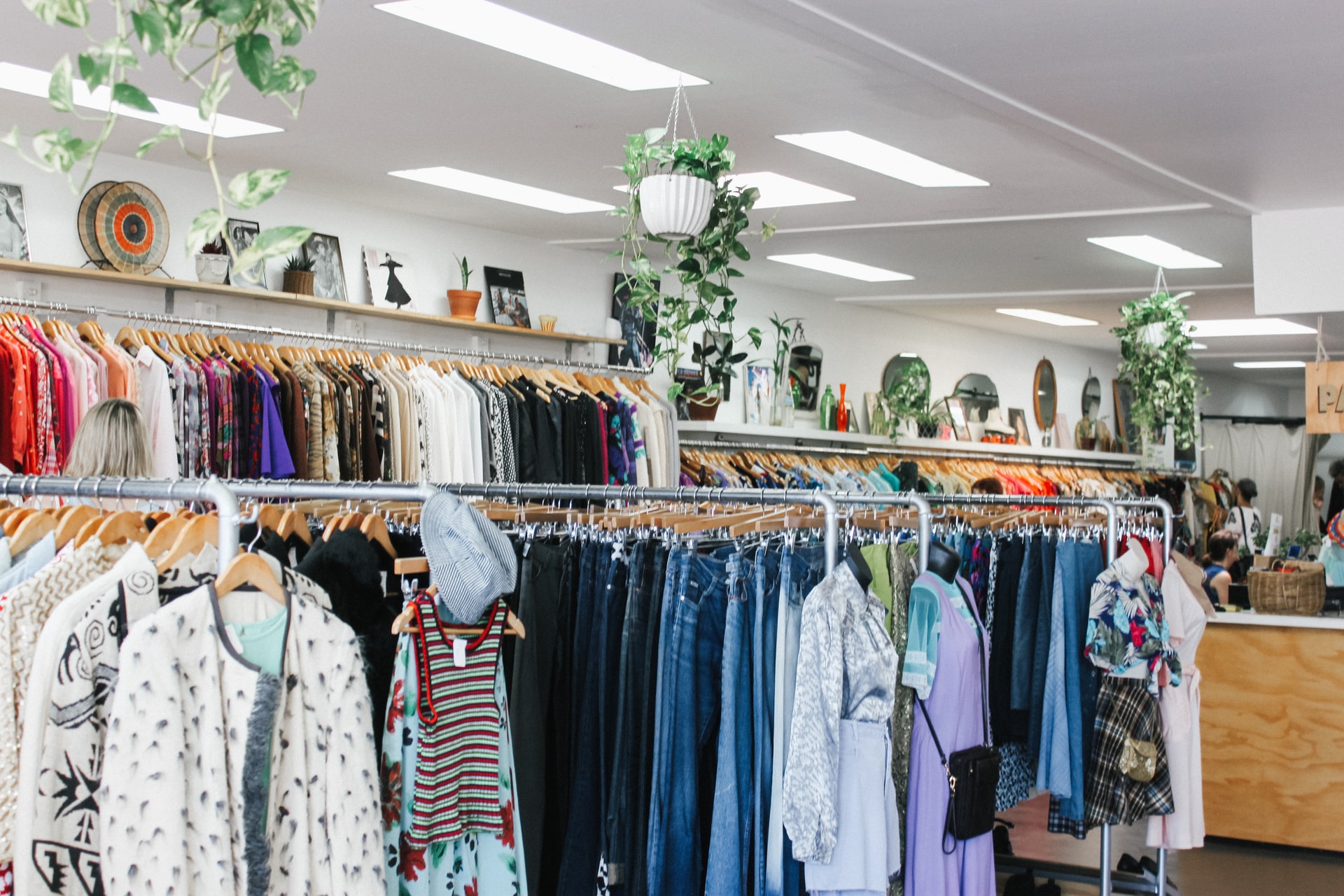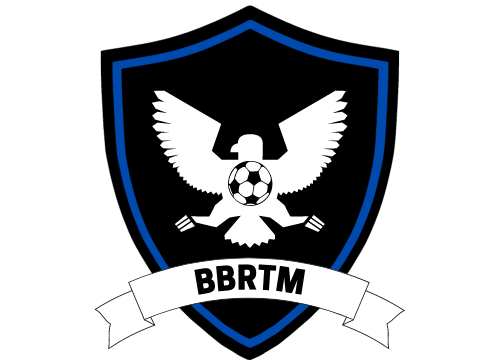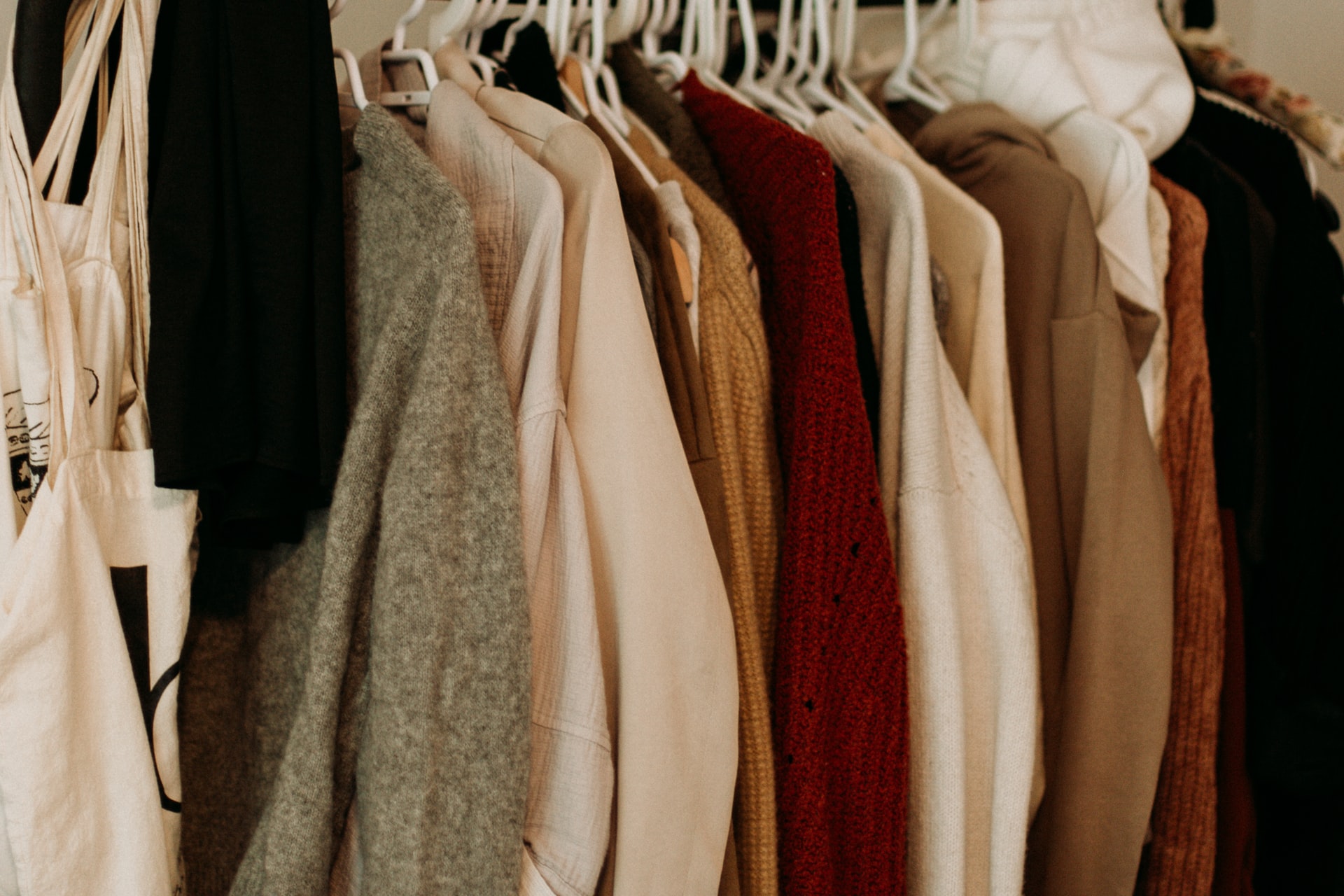Bra shopping, like the actual wearing of said hanfu bra, may be anywhere on the emotional scale between flat-out disappointing and completely traumatic for many people. Many women wear unflattering bras that bite into their skin, fall off their shoulders, and cause embarrassing spillage—and then pull them off as soon as they get home. Much of this can be connected back to the lingerie store: if you don’t know how to choose the correct bra (or even the right bra size! ), you won’t obtain one that’s right for you. Simply put, women aren’t getting the help they require to obtain the help they require.
To make sure you get the most out of this experience, I enlisted the help of three stylists and bra fitting specialists, who provided a comprehensive list of things to think about when shopping for a bra. Women of all ages and sizes can benefit from their counsel, which ranges from breaking down bra components to identifying telltale symptoms that your bra is too tiny or too big. Continue reading for 11 facts every bra wearer should know.
1. The band provides the majority of the support.
The cups keep the breasts in place, while the band provides around 90% of the actual support (strapless bras exist for a reason). While the straps appear to be there to support your bust, they are actually intended to maintain your cup flat with your body and shape your breasts. In fact, according to Hurray Kimmay bra specialist Kimmay Caldwell, if your band and cup both fit nicely, you should be able to take a few steps while your bra stays in place.
 2. You must know your own size as well as your “sister size.”
2. You must know your own size as well as your “sister size.”
Bras of the same size fit differently from brand to brand, and even from one style to another, just like other notoriously difficult-to-shop-for products like trousers. That’s why specialists recommend that women know both their true and sister sizes. If a bra doesn’t fit in your usual size, try it on in your sister’s.
The general rule is that if you go up in the band, you must go down in the cup, and vice versa. A 32C, for example, might be able to suit a 30D or a 34B. If you’re a 34C, you could discover that a 36B or 32D bra fits you better.
Knowing your sister’s size can help you account for brand discrepancies in size. It’s also a fantastic place to go if your “true size” is difficult to find. Sister sizing is particularly beneficial to people who have smaller bands and bigger cup sizes, or larger bands and smaller cup sizes.
3. There’s a formula for determining your band and cup sizes.
Your bra size is a ratio that combines your cup (letters AA-M) and band size measurements (numbered 28-44). A professional bra fitting at a boutique is a great idea for any woman—you never know what a bra expert will tell you, such that you’ve been wearing the wrong size your entire adult life. You can also use tape to measure yourself at home.
You’ll need two measurements to measure at home: a band size around your back and beneath your bust, and a cup size around your back over your nipples. The difference will then be subtracted. For instance, if your bust is 35 inches and your underbust (or rib cage) is 32 inches, you’ll be a 32C since 35 minus 32 equals 3, which is the letter “C” in the alphabet.
4. Round up if your breasts are different sizes.
It’s quite natural and typical for one breast to be larger than the other. Cora Harrington, lingerie expert and author of the upcoming book In Intimate Detail: How to Choose, Wear, and Love Lingerie, advocates fitting to the larger breast if the difference is great enough to make bra purchasing even more difficult. If you like, you can add a bra cutlet to the smaller breast or acquire a bra with removable pads and take them out on the big side to level out the appearance.
5. If your bra straps press into your shoulders, it could be a sign that your cup size is too small…
Your breasts may be putting a lot of excess weight on the straps if they spill out around the cup’s edges, and you may find yourself pulling the straps taut to keep them in check. Larger cups would definitely aid your shoulders in either case.
6….or your band is excessively large.
If your band is excessively slack, your straps may dig into your shoulders, causing your straps to do all of the effort. Take a peek in the mirror: If your straps are yanking your strap up, it’s either too huge or too stretched out to fulfill its job.
7. If your straps are slipping, it’s one of several symptoms that your cups are too large.
If the center gore, or the center panel on the front of your bra between the cups, is drifting away, that’s another sign. It should be flush against your chest in the centre. You may also want to move down a cup size if the cups are gaping due to your breasts not filling them completely.
 8. The band should be tight but not suffocating.
8. The band should be tight but not suffocating.
With only approximately an inch of stretch, you should be able to fit your finger between your back and the strap when you’ve found the proper band size. If the underwire is squeezing or scraping into your breast tissue, your band is too narrow. When it comes to support, though, looser is not better. Most people believe that baggy clothing is more comfortable (think caftans or sweatpants), but this isn’t true for bras, according to Caldwell. Because the band is responsible for the majority of the breast support, a loose band that rides up between your shoulder blades will not provide the support you require and will leave you less comfortable in the long run.
9. The terms “full breast,” “full figure,” and “plus size” are all used interchangeably.
The most popular sizes for women across the country are between 32DDD and 34G (that’s 32E and 34F in UK bra sizing), according to a 2016 poll of 2,000 buyers by lingerie retailer Rigby & Peller. More brands are offering bras in larger sizes, which are commonly referred to as plus size, full bust, or full figure. They all mean something slightly different:
-Full bust refers to women with a small band and a large cup size. This includes bras with a DD cup or larger and a band size of 36 or less. 28G, 30F, 32E, and 34H are examples of full breast sizes.
-Bras with a band size of 38 or bigger are considered plus size.
-Sizes DD+ with a 38 or larger band are considered full figure. All plus size bras are full figure, although not all full figure bras are plus size: A 38F is considered full figure and plus size, whereas a 40B is simply plus size.
10. Various bra styles and materials are used for various functions.
Your bra options should, ideally, match the rest of your outfit. You want styles that are adaptable while still being comfortable enough to wear from day to night. You’ll also want multiple bras so you don’t wear one out too quickly. According to the specialists I spoke with, everyone should have at least:
-Two traditional-style bras, such as a smooth T-shirt bra in your skin tone or black, should cover roughly 70% to 80% of your clothing
-A sports bra that reduces bounce but does not impair performance during strenuous activities. For high-impact exercises like running versus yoga or Pilates, you might want different bras with different levels of support. (Plus, if you work out frequently, you’ll want several so you don’t have to wash them all the time.)
-A strapless, racerback, halter, or criss-cross convertible bra for blouses with “unusual” necklines and formal occasions.
-A bralette or non-underwire bra to wear while traveling or resting. Just make sure the straps can be adjusted for the optimum fit.
Jenny Altman, fashion stylist and lingerie expert from the site I Love a Good, tells SELF that the fabric and technology of a bra are equally vital to consider. “That’s why, while choosing a cloth, you should ask yourself a few questions: What does that bra have to do for you? Is it able to wick away sweat? Do you want lace on your dress? Alternatively, do you have sensitive skin and require a softer fabric?”
11. Bras don’t last forever, and even your favorite one will need to be replaced if it no longer provides the support it once did.
A good, basic bra should last approximately a year, according to the experts I spoke with, depending on your size, how well you care for your bras (never put them in the dryer! ), and how many you have on rotation. Washing them gently by hand (after three to four wears) and rotating your bras (not wearing the same one on consecutive days) will also help protect the bands from stretching out too soon. But, no matter what you do, you’ll have to say goodbye at some point, so keep an eye out for indicators that it’s time to go bra shopping, such as the band creeping up your back.

